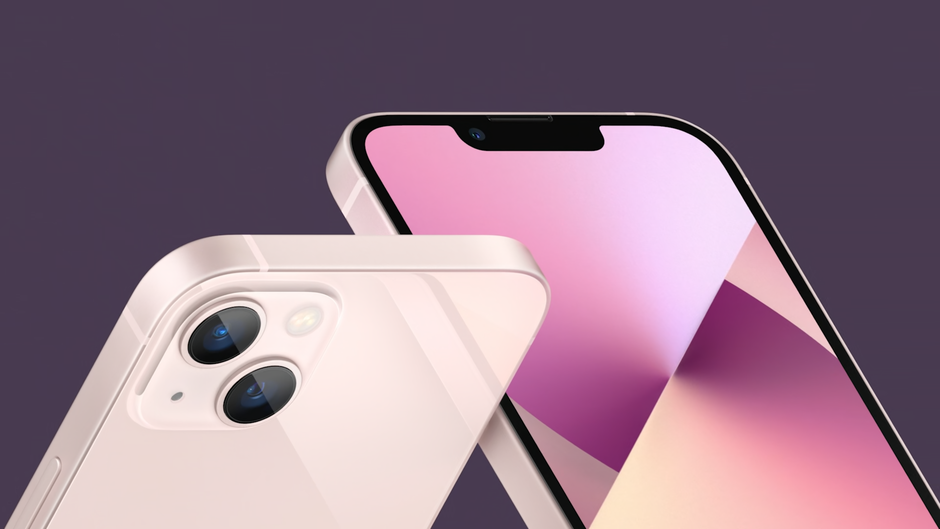The iPhone 13 hits shelves

On Friday, Apple (AAPL) unveiled its next-generation iPhone 13 series, with four new devices hitting store shelves and shipping to those who pre-ordered.
At a carefully attended media event last week, the firm unveiled its latest products, including the iPhone 13 small, iPhone 13, iPhone 13 Pro, and iPhone 13 Pro Max, as well as a new iPad, iPad mini, and Apple Watch. Pre-orders for the iPhone went live three days later and predicted arrival dates for several models were pushed back to October or November. (At this time, the Apple Watch is not for sale.)
In comparison to last year’s 5G unveiling, the new iPhones don’t have any revolutionary design modifications or features. Better cameras, a longer-lasting battery, and faster processing are among the improvements. A large storage option (1 terabyte) for the Pro models, as well as a new Portrait mode for recording films, are among the other additions.
The new iPad series has a speedier processor, a new 12 MP ultrawide camera (which utilizes machine learning to modify the front-facing camera during FaceTime video chats), and True Tone support, which adjusts the screen’s brightness to ambient lighting.
The stakes are high for Apple as the company prepares to launch on Friday. The iPhone, in particular, continues to be a big income generator for Apple and remains crucial to its product ecosystem. The announcements come amid some uncertainty, as a US judge recently decided that Apple can no longer prevent app developers from steering customers to payment choices outside of the App Store. Apple is under investigation by antitrust authorities in the United States and internationally, and its approach to combatting child exploitation has sparked weeks of controversy.
While it’s usual for Apple shipments to delay during product launches, supply chain constraints could slow down how quickly they reach customers.
“This will be a true supply and demand test for Apple,” according to Ramon Llamas, a director at market research firm IDC. “Apple was well-positioned to capitalize on upgrades last year, with the introduction of the first 5G phone and the release of an iPhone SE. This year’s upgrade cycle may be more subdued than last year’s, which is good news for Apple if it runs into supply concerns.”
Despite concerns that they will price higher than ever due to current semiconductor supply chain issues. Apple kept its iPhone prices basically in line with last year’s models. The Pro and Pro Max are priced at $999 and $1,099, respectively. (An iPhone Pro Max with one terabyte of storage costs $1,599.) Colors include graphite, gold, silver, and sierra blue.
Meanwhile, the iPhone 13 tiny starts at $699 for 128 GB (the most capacity ever for a base model), while the iPhone 13 starts at $799 for 128 GB. Pink, blue, black, white, and red is the new smartphone colors.
The discounts are staggering for anyone prepared to trade in their old iPhones and commit to a wireless plan for the next few years, with some even including a free smartphone. The drawback is that consumers will have to trade in relatively recent gadgets, and trade-in programs sometimes bind customers to protracted contracts that include high-cost data plans.
The full-size iPad costs $329 and has 64 GB of storage, which is twice the price of the entry-level iPad. For schools, the device costs $299. The iPad mini is available for $499.
The new Apple Watch Series 7 wristwatch will be available later this fall for $399, with a smaller body and a larger screen.
“Apple stated it would be out later this fall,” Llamas explained, “so that’s between now and late December.” “That might be an area where supply concerns arise.”


